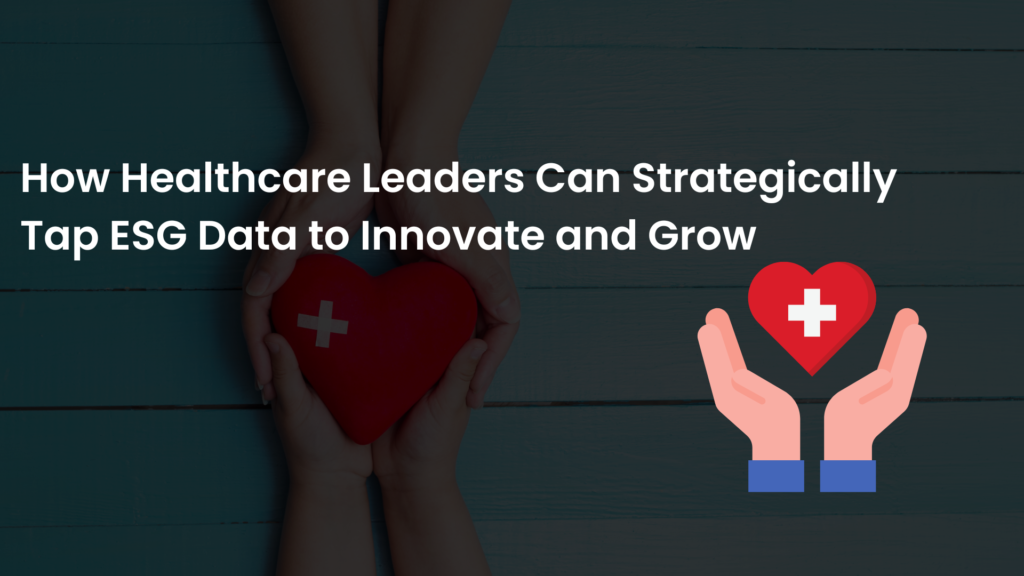UPDATES
ESG (Environmental, Social, and Governance) data is a collection of metrics used to measure the environmental impact, social responsibility, and governance practices of organizations. In the healthcare industry, ESG data includes policies and practices for securing patient health information and sustainability practices such as energy-efficient medical devices and eco-friendly packaging.

The accuracy, consistency, and reliability of ESG data are crucial for effective sustainability performance measurement and informed decision-making. CDOs (Chief Data Officers) in the healthcare industry must handle both PHI (Protected Health Information) and ESG data securely, implement strict security measures and ensure the data is accurate and consistent. Analytics and machine learning techniques are valuable in identifying trends and patterns in ESG data, while data governance policies and data management policies ensure the accuracy, consistency, and reliability of data. By integrating ESG factors into an organization’s strategic vision, executives can align sustainability initiatives with overall business objectives and foster a culture of long-term value creation for stakeholders. Access to capital, financial performance, industry leadership, and partnerships are additional opportunities that healthcare business leaders can leverage by embracing ESG data and sustainability efforts.
Healthcare leaders can strategically tap ESG (Environmental, Social, and Governance) data to innovate and grow in several ways:
In summary, healthcare leaders can strategically tap ESG data to innovate and grow by reducing environmental impact, enhancing social impact, improving governance, attracting investors, and identifying new product and service opportunities.